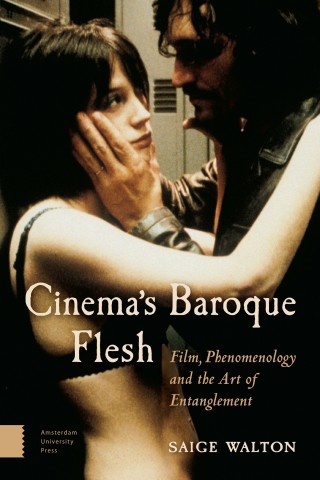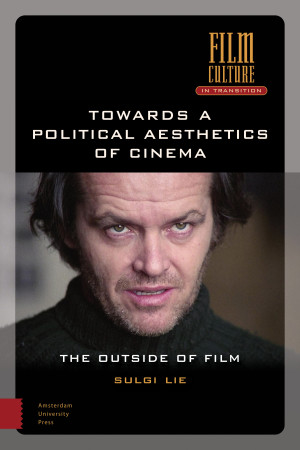New Preface to the English Edition
Preface
Part I: The Absent Cause of Film: On the Theory of Enunciation and Suture
Introduction
1. On Enunciation in Apparatus Theory
1.1 Imaginary Enunciation, or the Place of the Spectator: Christian Metz (1)
1.2 Voyeuristic Enunciation, or the Place of the Author: Raymond Bellour
1.3 The Double Énoncé, or the Division of the Filmic Image: World Projection as Rear-projection in Marnie
2. On Enunciation without an Enunciator: Suture
2.1 Negative Enunciation, or the Place of the Absent One: Jean-Pierre Oudart
2.2 Masked Enunciation, the Place of the Apparatus: Daniel Dayan
2.3 The Schizoid Suture, or the Division of Body and Voice: Acousmatics as Schismatics in Psycho
3. On the Pragmatics of Enunciation
3.1 Deictic Enunciation, or Film as Speech Act: Francesco Casetti
3.2 Impersonal Enunciation, or Film as Writing: Christian Metz (2)
3.3 Looking at the Camera, or the Theatricalization of Film: Jean-Luc Godard
4. On the Acousmatics of Enunciation: Back to the Suture
4.1 External Enunciation, or the Triumph of the Gaze over the Eye: Jacques Lacan/Kaja Silverman
4.2 Extimate Enunciation, or the Gaze as Bodiless Organ: Joan Copjec/Slavoj ˜i¸ek
4.3 From the Hors-champ to the Hors-lieu, or the Transsubjective Point of View: The Unrepresentable in Rossellini and Antonioni
5. The Political Uncanny, or the Return of the Repressed: Caché
Part II: Allegories of Totality: Fredric Jameson's Political Film Aesthetics
Introduction
6. The Dialectics of Mass Culture
6.1 Reification and Utopia: Jaws and The Godfather
6.2 Class and Allegory: Dog Day Afternoon
6.3 The Political Unconscious
7. Cartographies of the Postmodern
7.1 Nostalgia und Historicism
7.2 The Totalization of Totality: Cognitive Mapping
7.3 The Implosion of the Referent: Blow-Up
8. Geopolitical Aesthetics
8.1 Totality as Conspiracy
8.2 Conspirational Enunciation, or the Acousmatics of the Paranoia Film
8.3 Digital Cinema in the Age of Globalization: Miami Vice
9. The Political Uncanny, or the Return of Domination: The Shining
Filmography
Bibliography
Index

